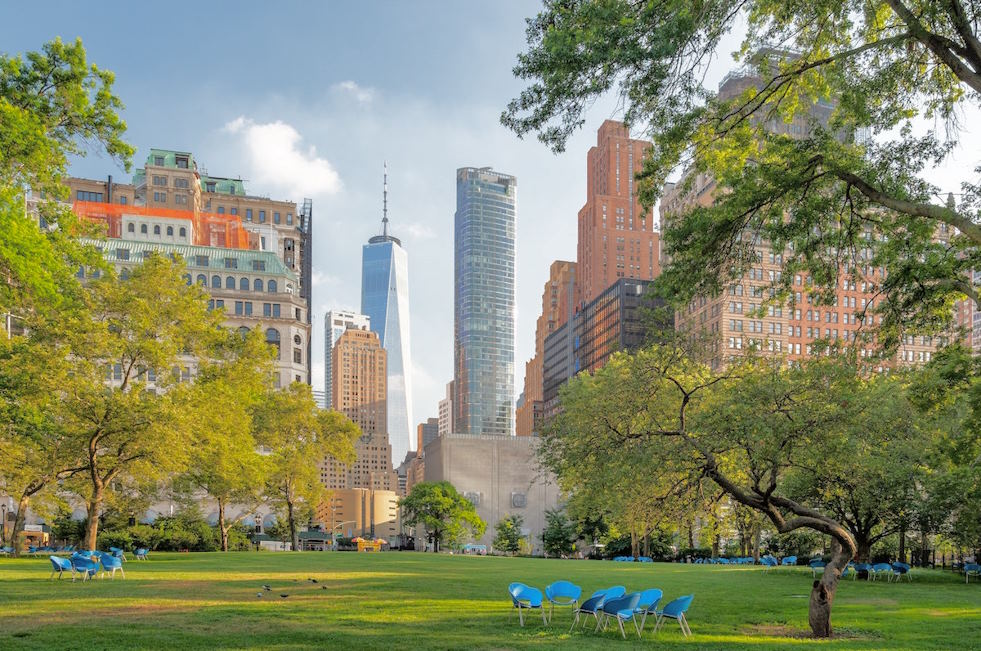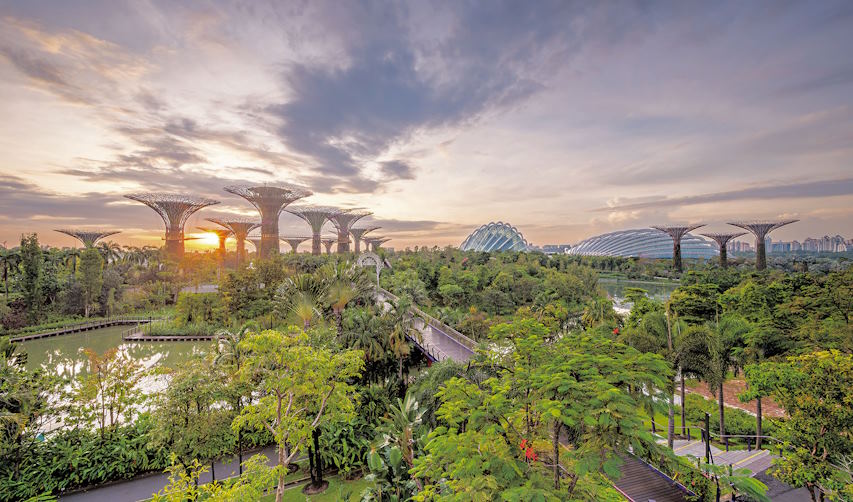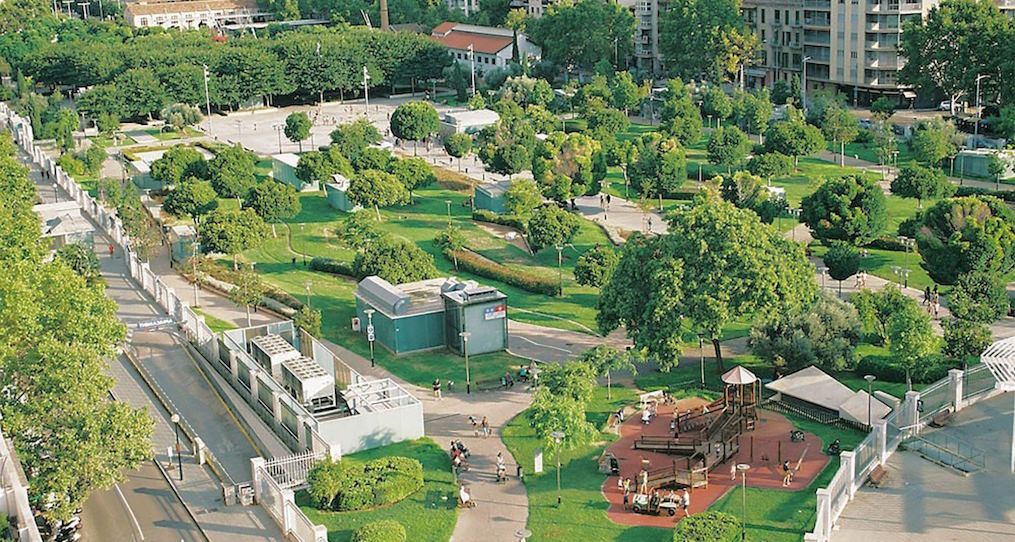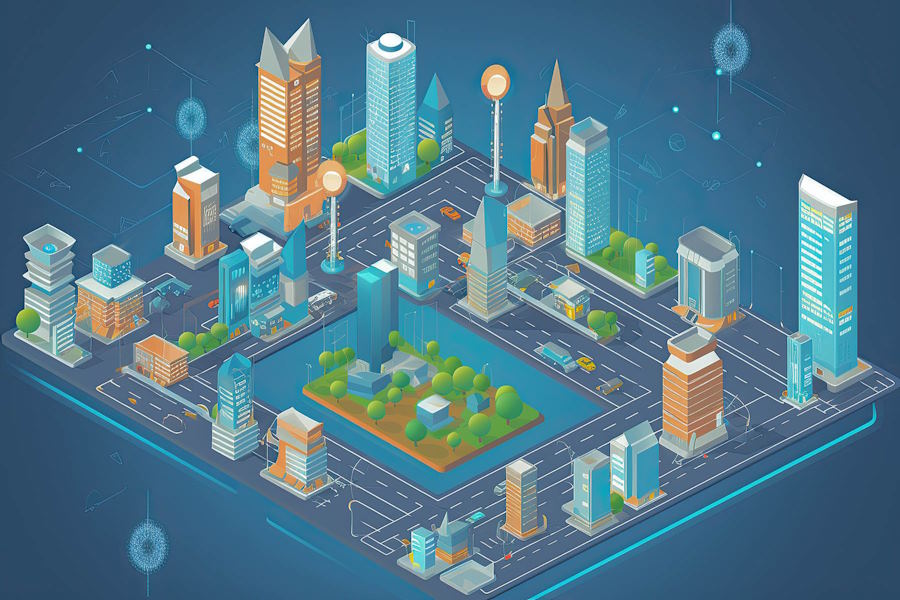The Connection Between Parks and Sustainable Urban Development
Product Information
Urban parks improve stormwater drainage and air quality, lower noise pollution, and promote natural wildlife and vegetation. When well-designed and maintained, urban parks disseminate these environmental benefits to surrounding areas, thereby improving the sustainability of our cities and the role of parks in fostering sustainable cities.
Encourages socialisation
Open green spaces allow for stronger community ties and new forms of cultural expression. There is also anecdotal evidence that shared public spaces, such as parks and other green spaces, can promote conviviality — the ability to coexist — particularly in situations where diverse populations share the same public spaces.

Green spaces promote physical activity.
Parks and other urban green spaces, in particular, provide people with a safe and accessible location to engage in physical activity not far from their homes. According to the CDC, people with unrestricted access to green spaces like parks, gardens, and hiking trails can walk and engage in other physical activities.
Promote community engagement and reduce crime.
By involving locals in park design and development, building sustainable communities through park planning and programming promote a feeling of community while making sure that the parks meet the needs of the local population. Crime has decreased and support for surrounding park projects has increased as a result of community involvement and the greening of vacant urban land.

Contribute to better public health and air quality.
Urban parks with trees remove up to 711,000 tons of air pollutants annually, saving cities $3.8 billion. Green spaces also filter rain, which reduces water pollution, protects drinking water, and lowers the risk of waterborne illness.
Due to the many advantages that green spaces offer to both the environment and inhabitants, they are crucial to parks as catalysts for sustainable urban growth. Cities can create more livable, healthy, and environmentally sustainable urban environments by prioritising parks, gardens, and other natural areas. Building and maintaining green spaces can be difficult, but the benefits are worth the effort.


